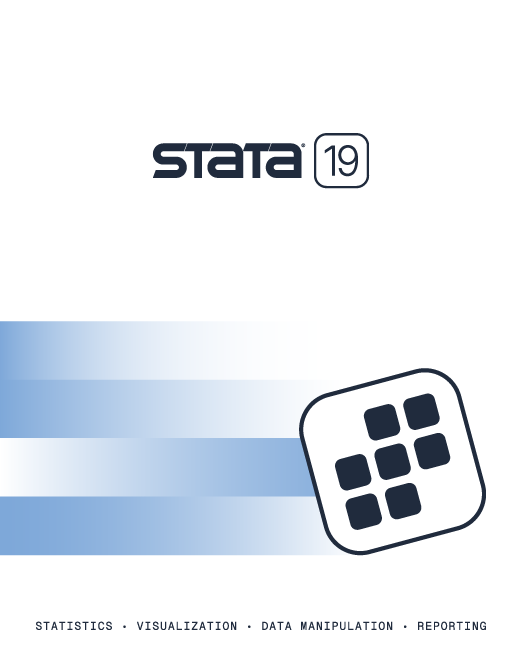

4 days

This course covers how to use Stata for survey data analysis assuming a fixed population. It begins by reviewing the sampling methods used to collect survey data, and then discusses how they act in the estimation of totals, ratios, and regression coefficients. It then covers variance estimation methods implemented in Stata’s survey estimation commands. The course will also cover strata with a single sampling unit, certainty sampling units, subpopulation estimation, and poststratification. Interactive Stata sessions are dispersed between lectures.
← Back to all classroom and web training courses
Currently, there are no scheduled sessions of this course.
We offer a 15% discount for group enrollments of three or more participants
All prices USD.
Inform me of the next session ↓

Chuck Huber
Director, Statistical Outreach
Chuck Huber is Director of Statistical Outreach at StataCorp LLC and Adjunct Associate Professor of Biostatistics at the Texas A&M School of Public Health and at the New York University School of Global Public Health. In addition to working with Stata's team of software developers, he produces instructional videos for the Stata YouTube channel, writes blog entries, develops online NetCourses, and gives talks about Stata at conferences and universities. Most of his current work is focused on statistical methods used by behavioral and health scientists. He has published in the areas of neurology, human and animal genetics, alcohol and drug abuse prevention, nutrition, and birth defects. Dr. Huber currently teaches survey sampling at NYU and introductory biostatistics at Texas A&M, where he previously taught categorical data analysis, survey data analysis, and statistical genetics.
Sampling
Sampling design characteristics
Regression with survey data
Variance estimation
Special types of sampling units
Restricted sample and subpopulation estimation
Poststratification
Attendees of this course will walk away with the following knowledge:
The difference between Stata's standard estimation commands and svy estimation commands
How to create SRS and stratified samples from available lists
How to use Stata's svyset command to identify the survey characteristics present in the dataset. These characteristics include:
How to handle certainty units
The available choices for handling strata with one sampling unit
The difference between restricted sample estimation and subpopulation estimation
Enrollment is limited. This course is offered in both classroom and web-based settings.
Classroom training courses are two-day courses that run from 8:30 a.m. to 4:30 p.m. each day. These courses take place at a training center where computers with Stata installed are provided. A continental breakfast, lunch, and an afternoon snack will also be provided; the breakfast is available before the course begins.
Web-based training courses are four-day courses that run for three to four hours daily with hourly breaks. You will be provided with a temporary Stata license to install on your computer, a printed copy of the course notes, and all the course datasets so that you can easily follow along.
Classroom and web training FAQs →